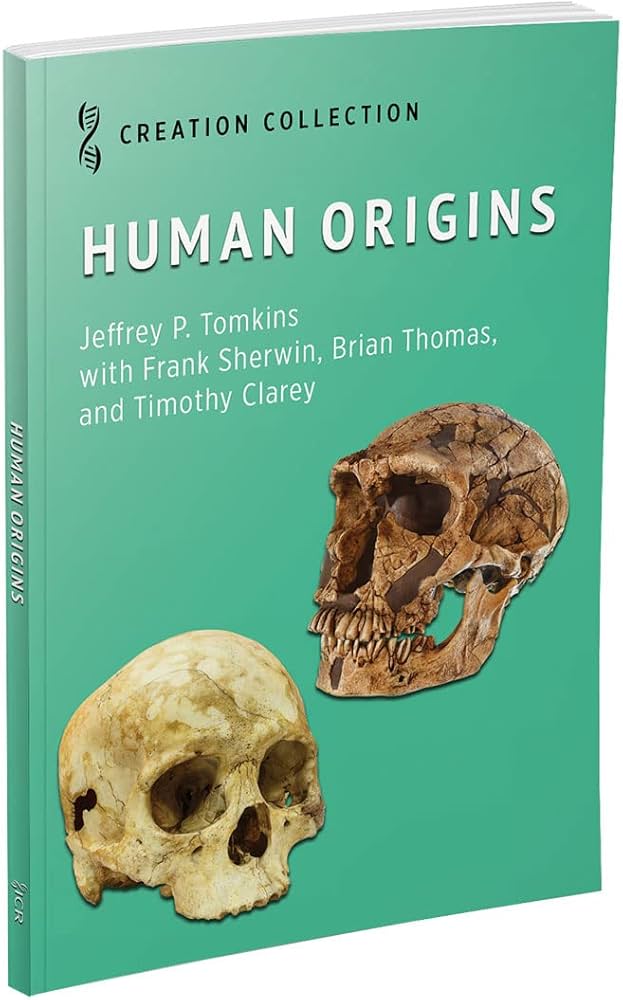Articles » Astronomy
It’s a scary place out there. Dangerous rays and strange bodies make deep space a good place to avoid. The Hubble Space Telescope (functioning since late 1993), and other observatory satellites like the Compton Gamma Ray Observatory or CGRO (launched April 5, 1991), and Rossi X-Ray Timing Explorer or XTE (launched December 30, 1995) and Beppo-SAX (launched April 20, 1996), have provided us with an information overload when it comes to the wonders of space. If each type of body in space, such as stars and galaxies, functioned in predictable ways, then astronomers might have a pretty good grasp on what is going on out there. Recent observations made with these fancy new observatories however, have revealed a plethora of unexpected and unexplained phenomena. Vast numbers of objects which should act in similar ways, all seem to be doing their own thing. Read the rest of this entry »
According to astronomer/author Timothy Ferris in his new book The Whole Shebang: A State of the Universe(s) Report, cosmologist Andrei Linde considers speculation on ultimate origins an excitingly “dangerous” subject. (1997 published by Simon and Schuster see p. 260) Apparently Dr. Linde sometimes wakes up wracked by doubt. Maybe all the speculations in cosmology are simply myths, with no foundation in reality at all. Author Ferris quotes Linde as remarking “Maybe actually the solution is quite aside from what we’re thinking about. It is a very dangerous feeling, this feeling that you’re not totally secure in what you’re doing.” It is one thing to have tentative views, but why should this scientist consider his to be dangerous? What or whom does he fear? Certainly fellow cosmologists have no similar scruples. A review of Dr. Ferris’ book in Astronomy magazine July 1997 p. 108 claims “His work is a tour de force, a spiral galaxy of thoughts recounted in eloquent and vibrant prose.” We are advised to “Relish its prose, ponder its implications.” Well then let’s do it. Let’s see what the implications of cosmology are for us today. Read the rest of this entry »
Mankind has always been fascinated by the night sky. Indeed it seems that some of the earliest recorded observations from nature were astronomical. For example, in the mid nineteenth century, English archaeologists uncovered a huge library of clay tablets in the palace of Assyrian Emperor Sennecherib of Nineveh, who lived about seven hundred years B.C. Among other clay tablets were detailed records concerning the planet Venus. It’s interesting that the pattern of appearances and absences from the sky is different from what we see today. It’s hard to say if the observations were accurate, but we do know that many of these ancients took their studies very seriously. The wise men in the gospels are a good example. Moreover an earlier document, the book of Job, mentions constellations such as the Pleiades. Read the rest of this entry »
Most of us appreciate the word “young”, especially when it is used to describe us. However there is one class of individual that does not particularly like this adjective. These are astronomers. They don’t mind looking young themselves. However they do not want to hear about phenomena in space which appear recent or young. Many astronomers believe that our solar system is billions of years old. There should not be too many phenomena (or any) in space that are of very recent origin. Read the rest of this entry »
It seems almost too amazing to contemplate. Measured from its antennae, Pioneer 10 extends less than 3 m (9 feet) and weighs about 270 kg (570 lb.). Its power comes from four nuclear generators each of which provided only 40 watts at launch, 29 years ago. Now that spacecraft is almost 12 billion km alway (7 billion miles). Despite the immense distance and the tiny onboard power source, a message from Pioneer 10 was successfully detected on April 28/01 by a tracking station in Spain. Some people might wonder how signals from Pioneer 10 are recognized from so far away. Apparently there is a new analytical technique based on chaos theory, which may enable scientists to sift real signals out of background noise. Read the rest of this entry »
When I say I’m young, people laugh! Well, I am young, compared to lots of things: the pyramids of Egypt, for example. Whether an object or person is young or old, you see, depends upon what you are comparing. Even thousands of years can be young in the right context. For example, I read recently in Scientific American that the rings of the planet Saturn are “young”. In that case, astronomers were not comparing these rings to the ages of any of us living today, but rather to evolutionary ideas about the solar system. Most astronomers imagine that the solar system is billions of years old. However the ring systems around several planets in our solar system may be only “several thousand years” (Joseph Burns et al. 2002. Scientific American 286 #2 p. 73). That’s a huge difference. But why do we care? What do several zeros (or not) at the end of a number matter anyway? The problem for secular scientists is to explain how young rings came to be around “old” planets. The alternative, of course, is to conclude that both the planets and the rings are young. Read the rest of this entry »
Science is not everybody’s cup of tea. Most people are busy – and their major interest may be work or family or church related. So why should you or anybody else care about physics or any other science related issue? The fact of the matter is that scientific theories have huge effects on public attitudes. It is always a good idea to keep an eye on current developments. Certainly there are few theories as famous today as the Big Bang. Even some Christian apologists make a special point of supporting long ages and Big Bang cosmology. They may be less inclined to do that in the future. Read the rest of this entry »
While secular astronomers and cosmologists agree that the universe is beautiful, they mean something altogether different from mere appearance of celestial objects. What the scientists appreciate is elegant mathematical equations. They care very little about actual bodies out in space. However, the relationship of mathematics to the universe is a matter of assumption. Read the rest of this entry »
Do you ever take a moment to gaze at the night sky? During late August and early September of 2003, who could miss the sharply focused bright red spot in the sky? Other celestial bodies may have seemed faint and far away, obscured perhaps by light pollution, but that bright body claimed our whole attention anyway. It was Mars, the red planet, which burnt into our memories. The interesting thing is that this scene was just as remarkable and unique as it appeared. Astronomers tell us that Mars has not been this close to Earth in 60,000 years. They base such conclusions on computer models of planetary motion. However, in a young universe, it may be that Mars has never approached us this closely before. We live in special times. Read the rest of this entry »
Once the heady days of the moon landings had faded into history, many people grew bored with space exploration. Some Christians even concluded that the main objectives were atheistic or evolution-based anyway, so why should we support such endeavours?
It is certainly true that the main objectives for exploration of the solar system are based on evolutionary preconceptions. According to longtime NASA scientist Dr. Robert Jastrow, exploration of the moon initially did not seem very interesting to the NASA planners. In his 1989 book Journey to the Stars, Dr. Jastrow declares that the top people at NASA “were not terribly interested in the moon at that time, in fact, from a scientific point of view they did not know it existed …” (p 12). This was certainly strange when one considers that the mandate for the fledgling organization was to launch the US into space as soon as possible, and to explore what was there. Read the rest of this entry »
Have you ever skipped to the back of a story because you simply could not wait another minute to find out how it all ends? Planetary astronomers, in contrast, must be very patient people. Some of them have worked on a project for years, even decades before they ever begin to collect any information. The good news for curious and impatient people is that this is a particularly good time to learn new details about the planets. Read the rest of this entry »
As far as our solar system is concerned, astronomers have grown accustomed to expecting the unexpected. Certainly nobody expected liquid water spewing from a small moon of Saturn. Read the rest of this entry »
It is easy to remind ourselves not to believe everything which is confidently declared as fact, but it is quite another to actually follow that good advice. How many generations of English students, for example, have memorized Shakespeare’s ominous declaration in Merchant of Venice: “All that glitters is not gold–/ Often have you heard that told.” (Act II Scene 7). Even today however, centuries after Shakespeare’s time, we all too often believe appearances, whether they be objects for sale or statements of scientific fact. Read the rest of this entry »
One of the few laws strictly adhered to in modern physics is that the speed of light is, was, and ever shall be 300,000 kilometres per second. Light represents the fastest speed attainable by anything in the universe. It is the universe’s speed limit. Nothing can exceed it. Read the rest of this entry »
It is easy to imagine the excitement astronomers felt when the telescope was invented early in the seventeenth century. Until that time, mankind’s observations had been confined to five bright planets, moving against a starry background. Nevertheless 150 more years passed until another planet was discovered. In England in 1781, German-born musician and telescope maker, Sir William Herschel, announced that he had discovered a new planet. This body was named Uranus after the most ancient of the Greek gods. Read the rest of this entry »







